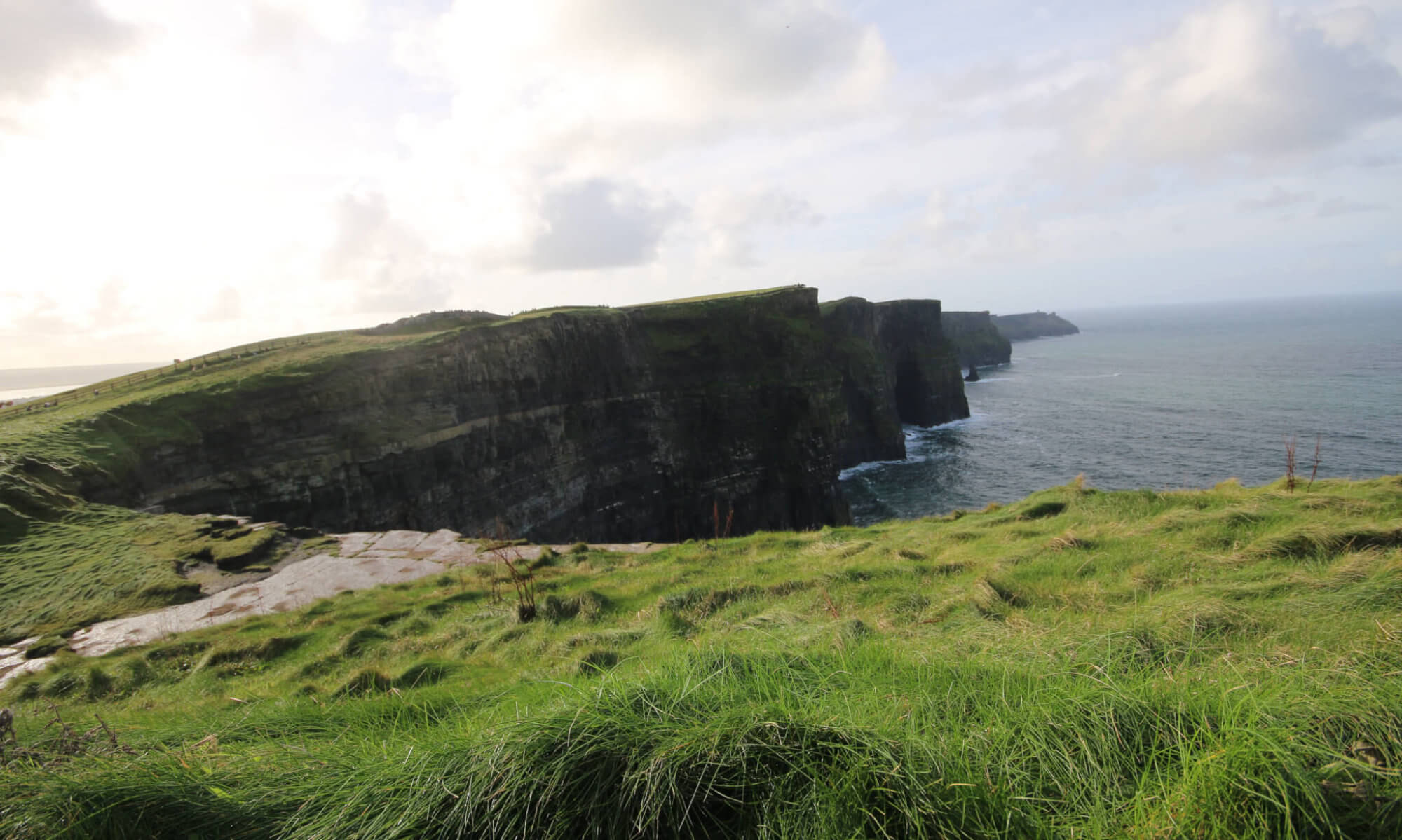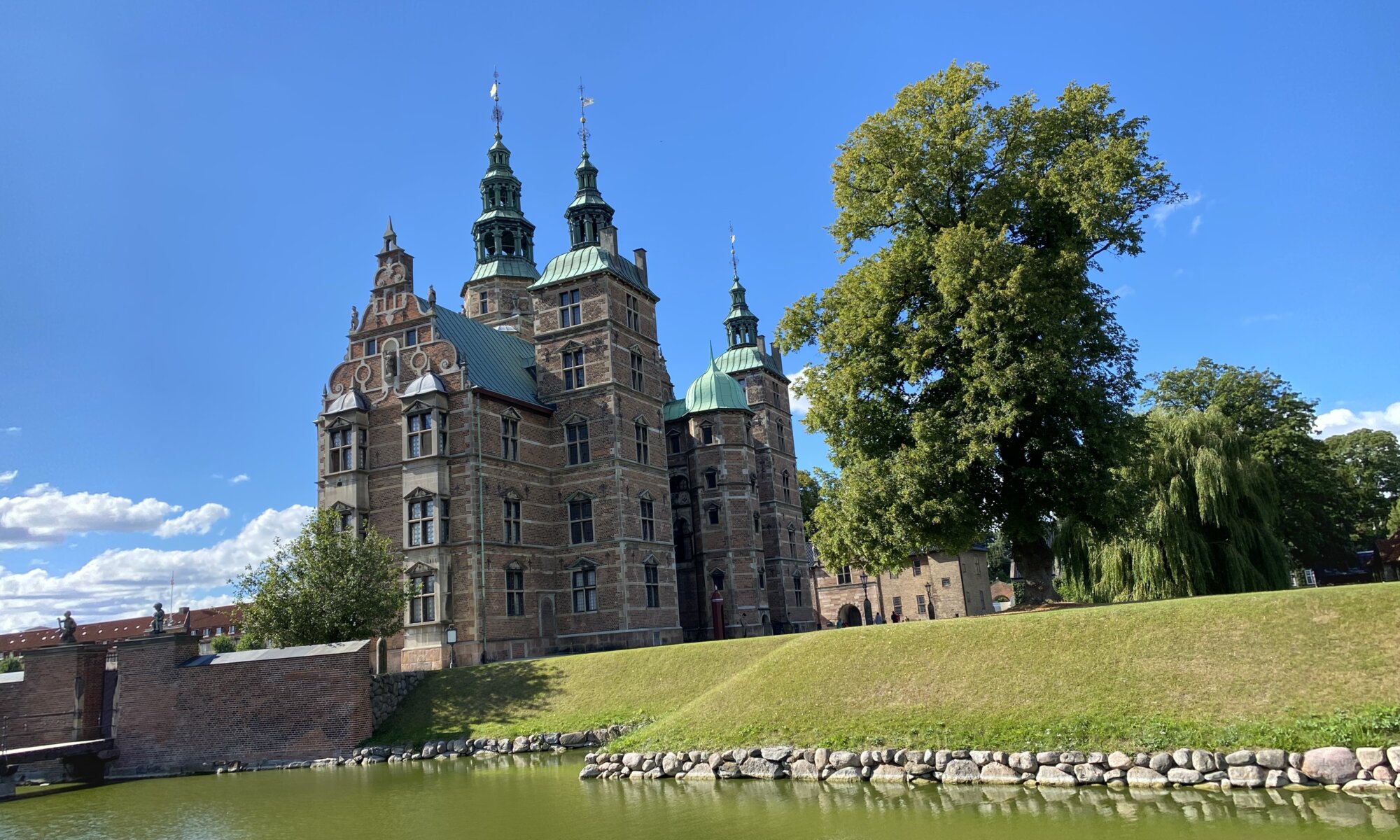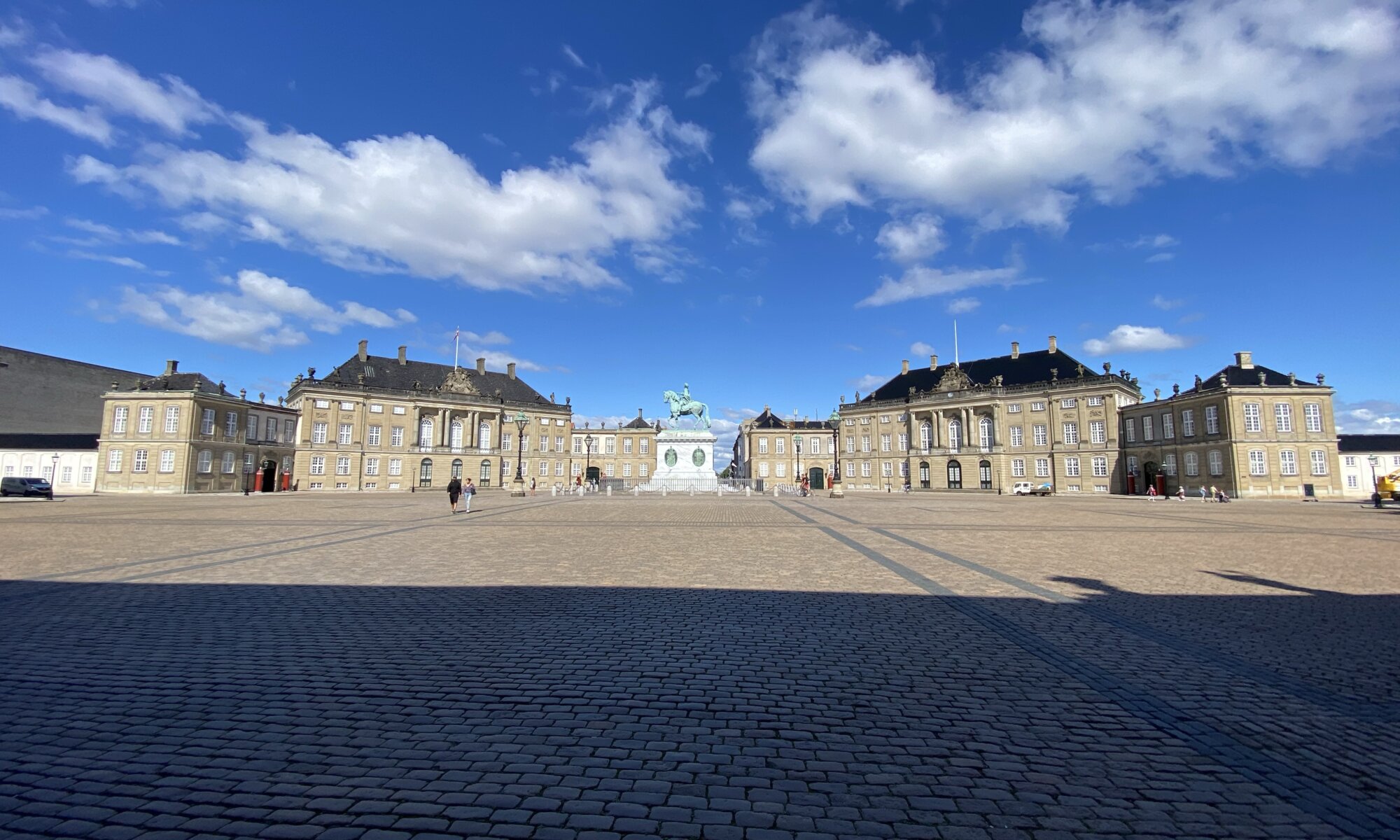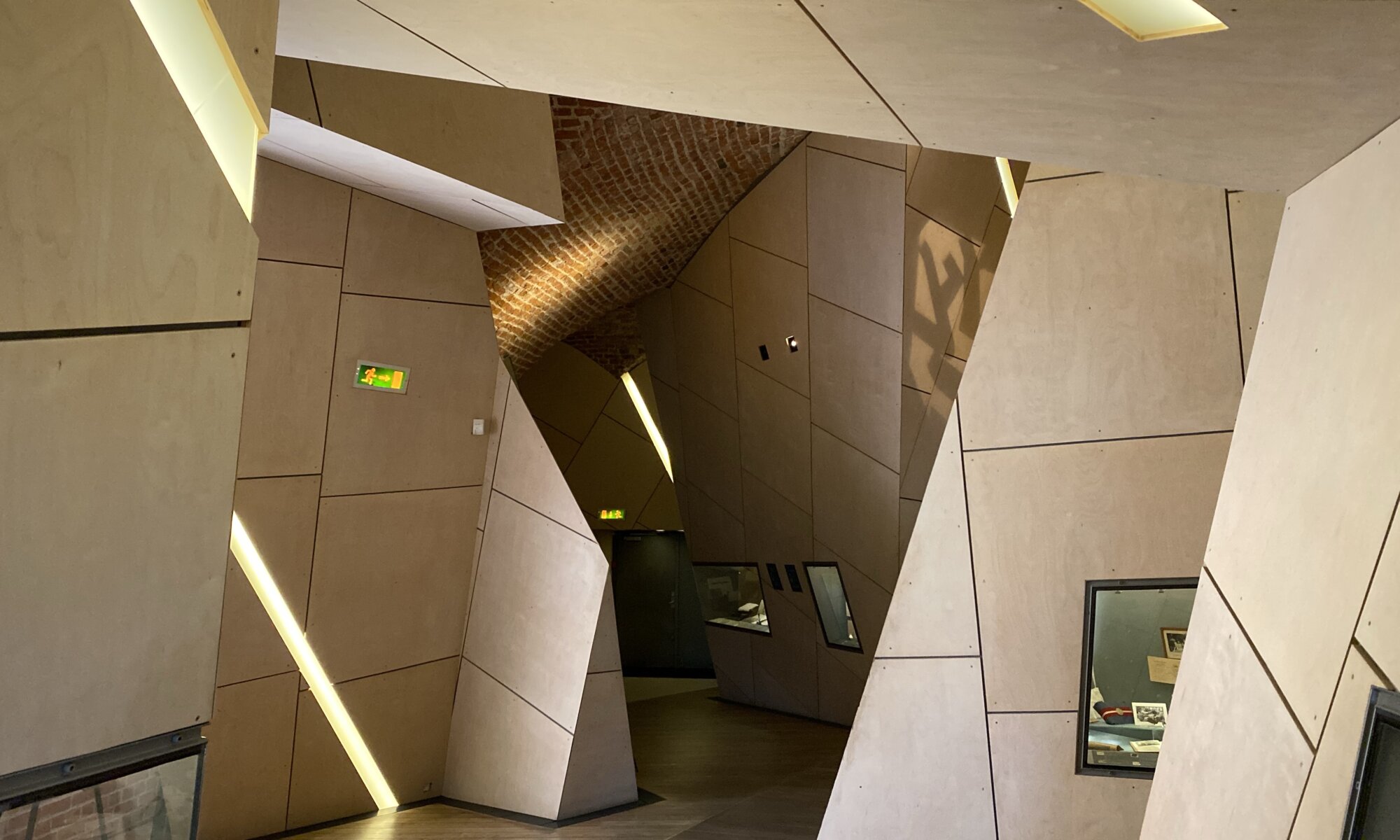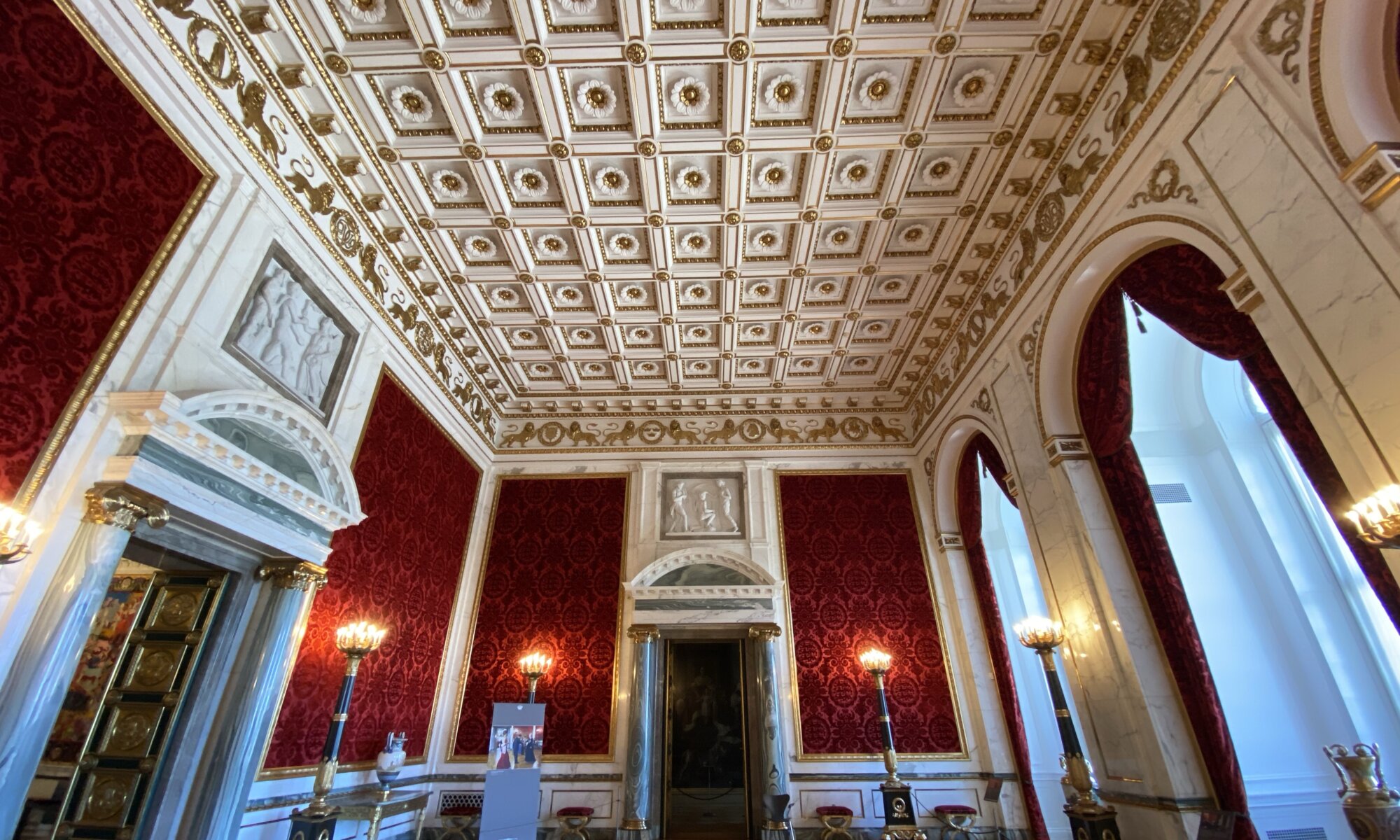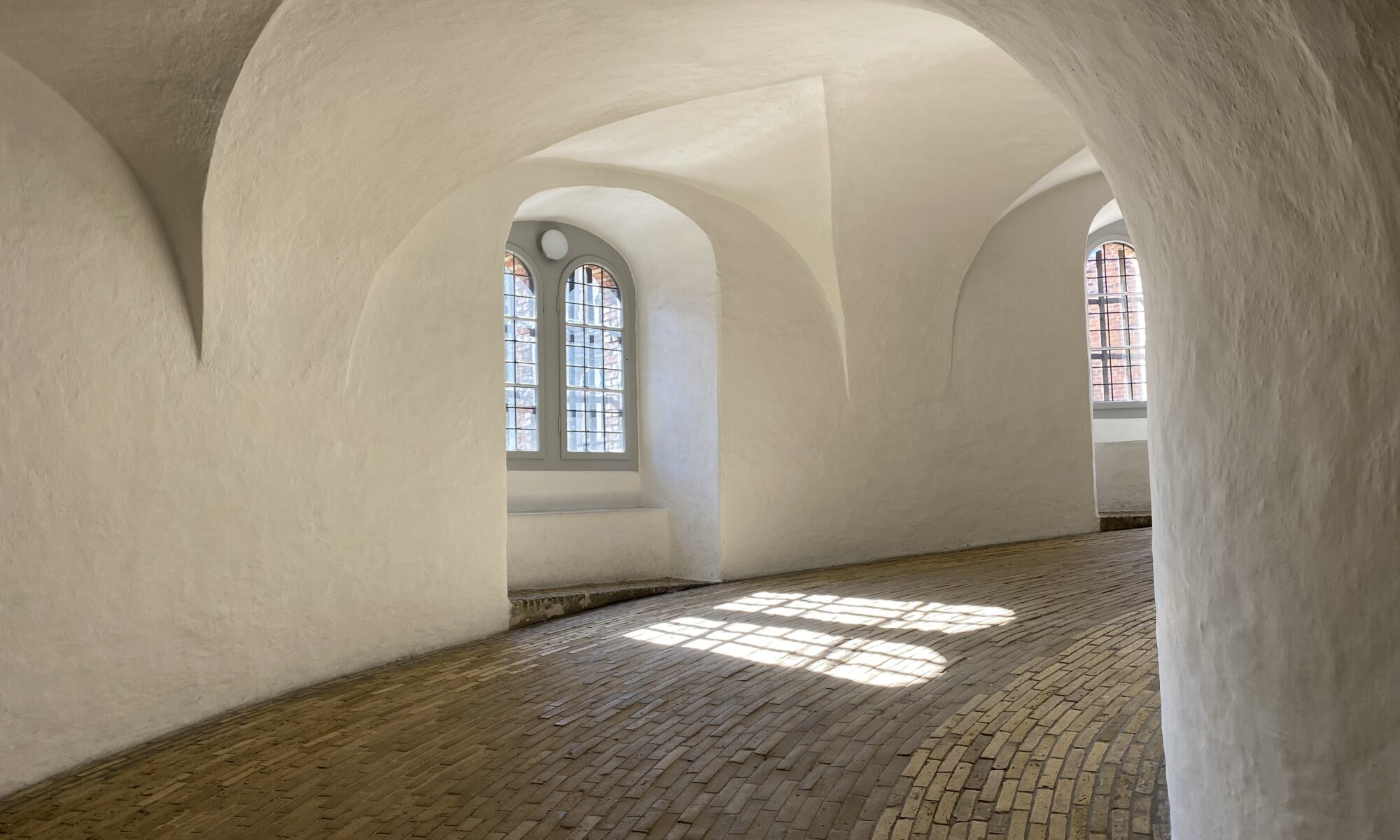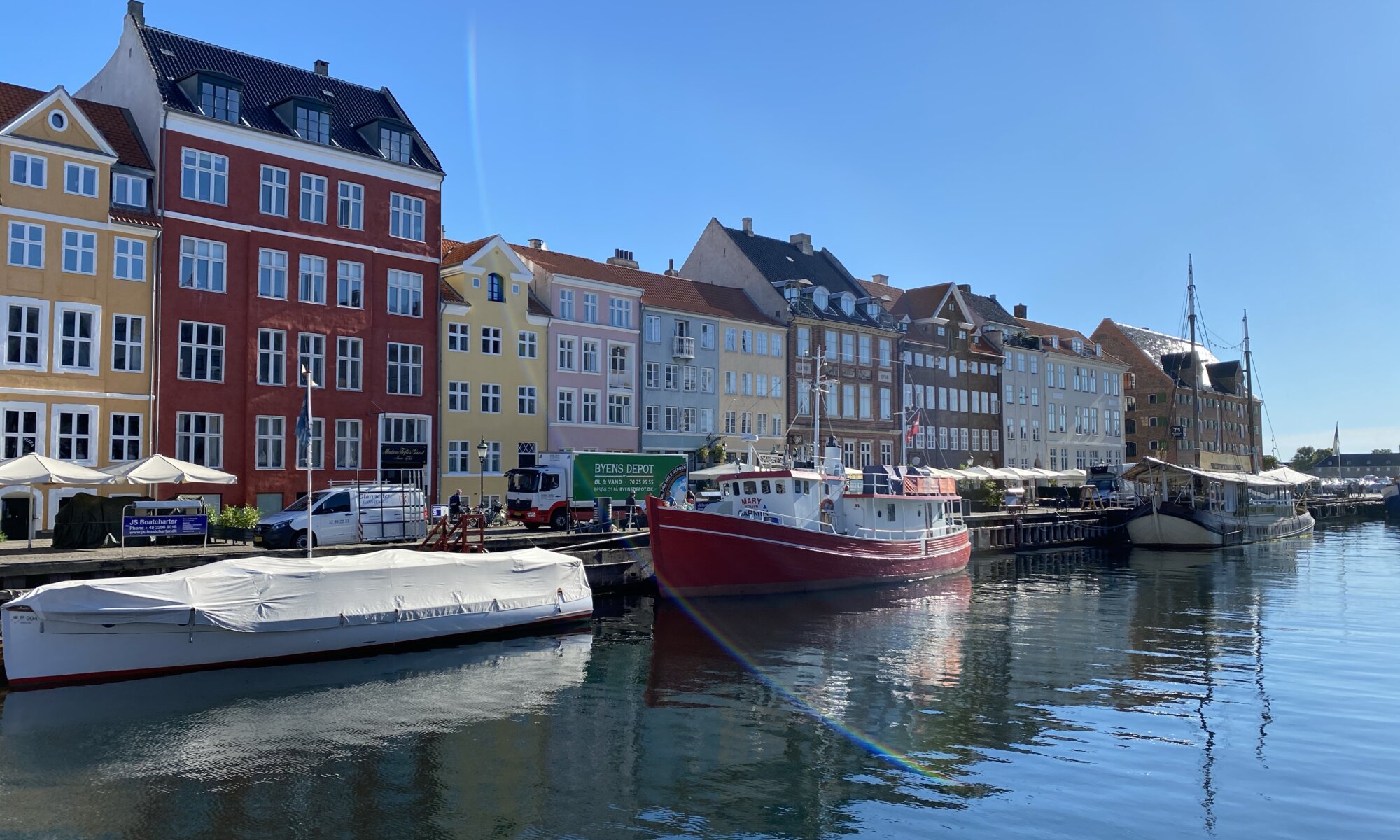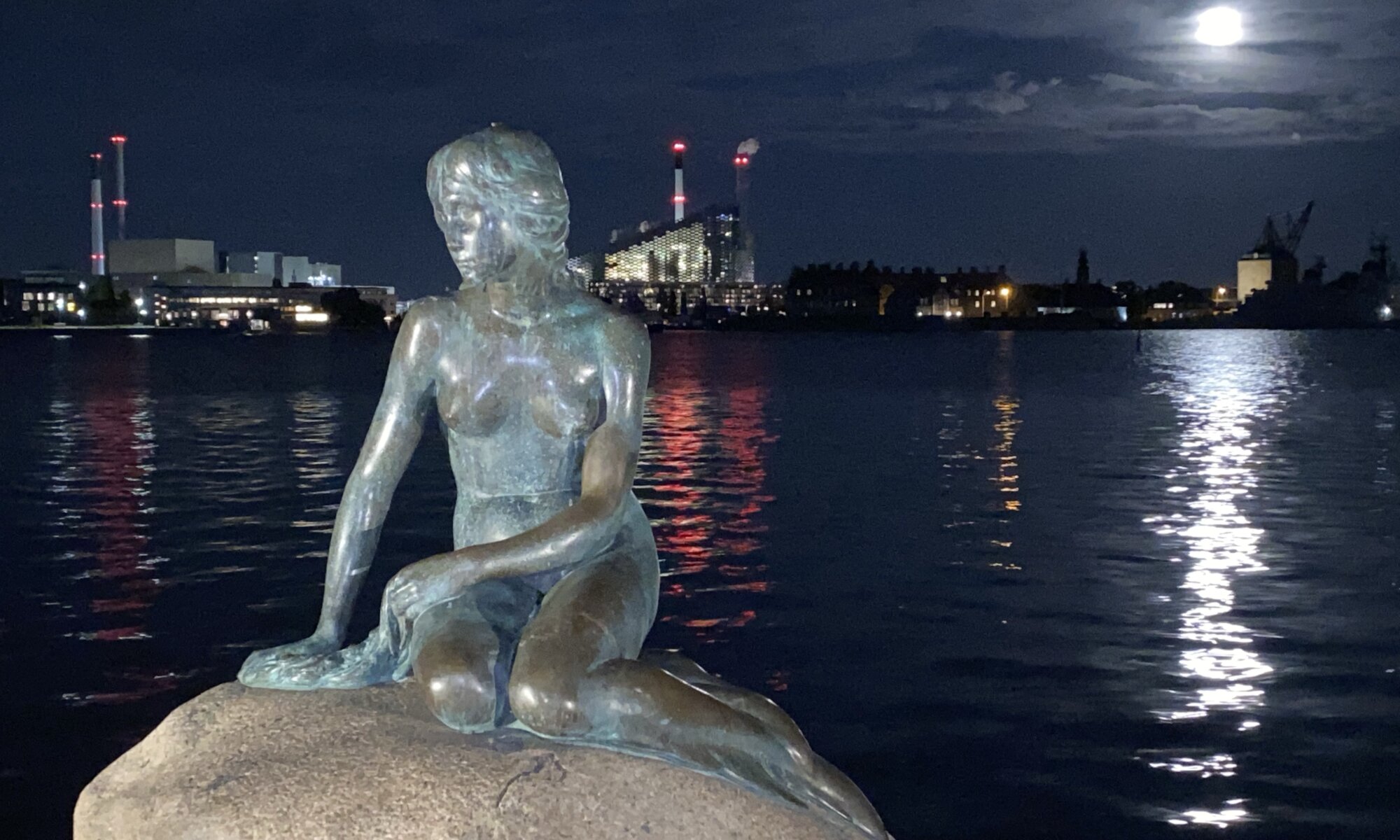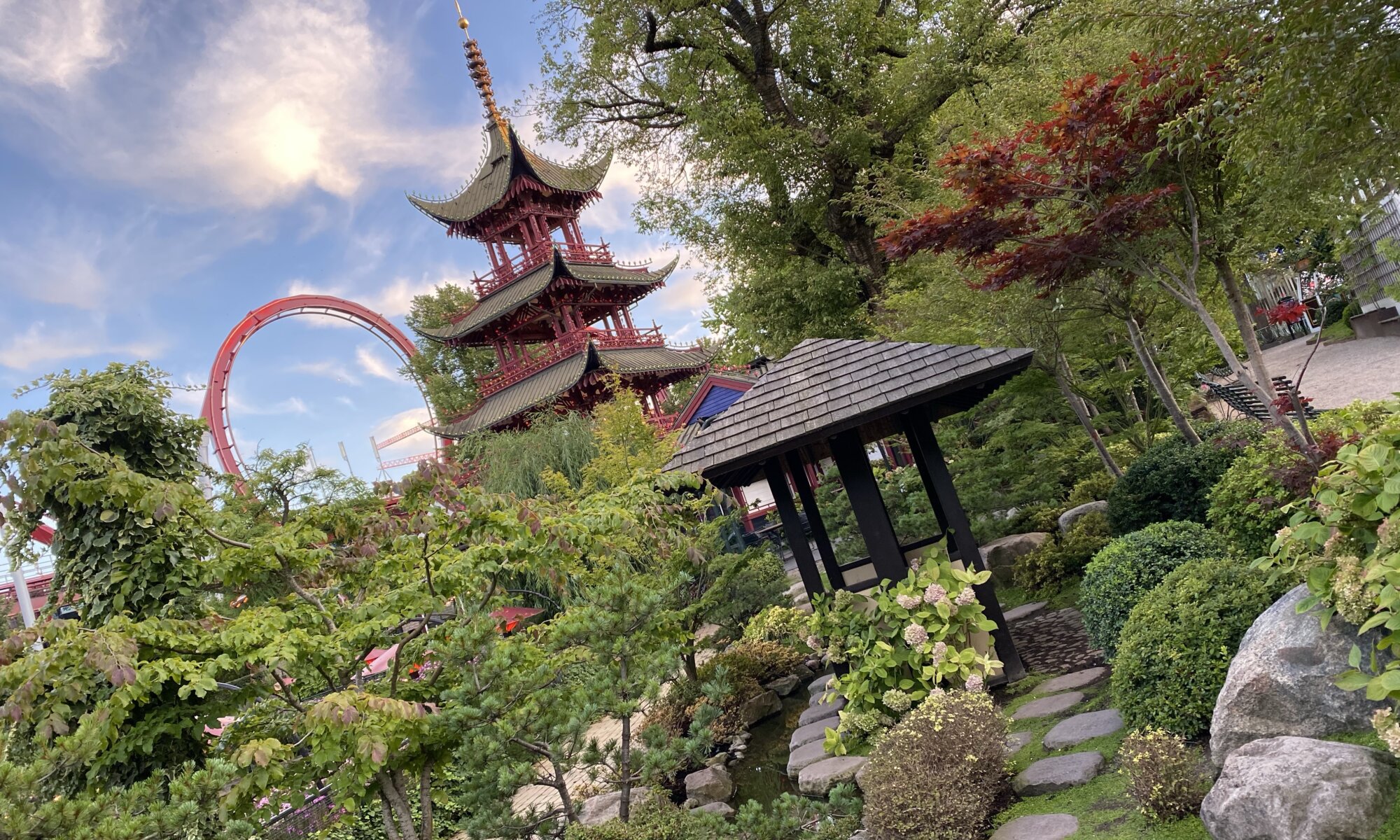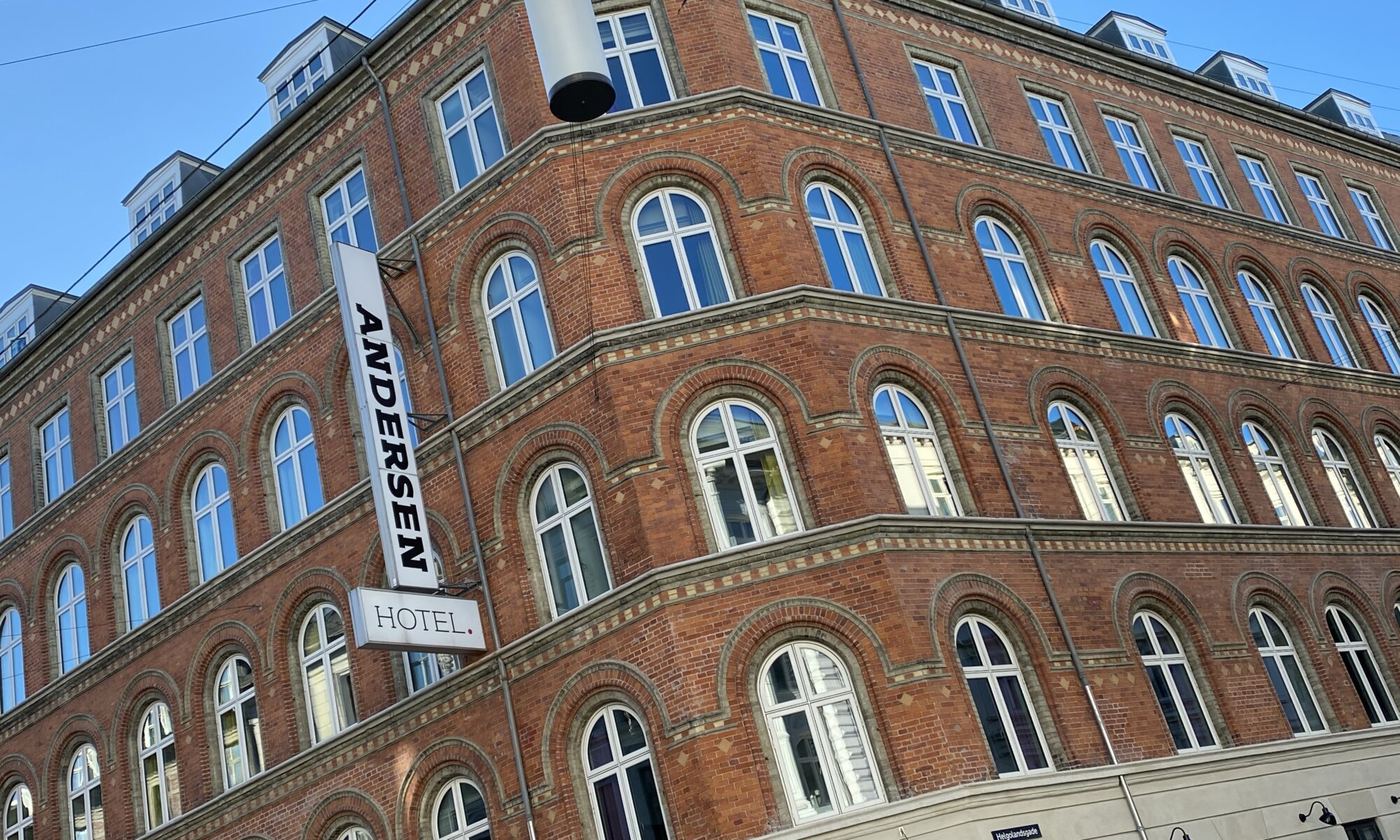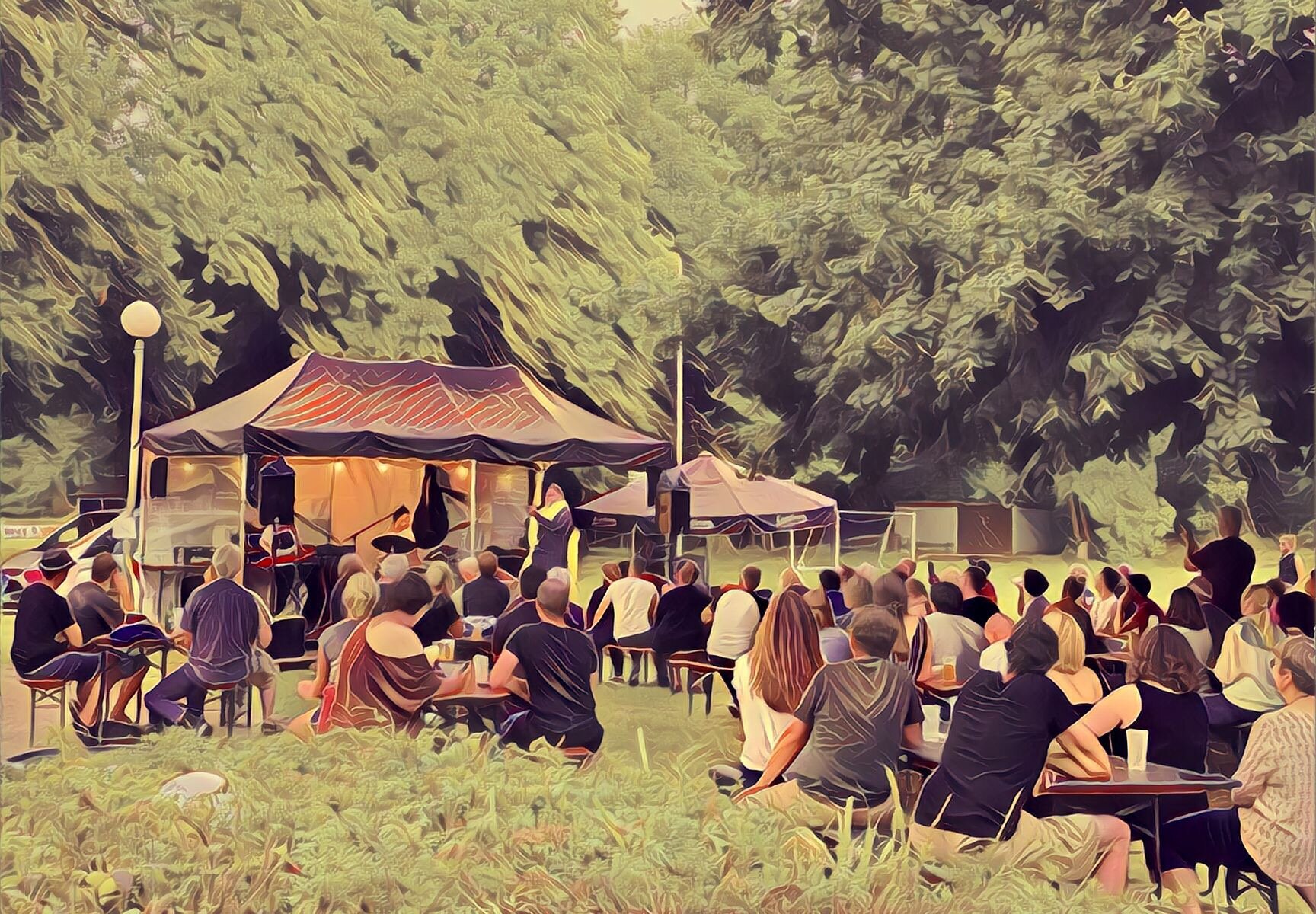Of all the royal palaces in København Rosenborg is the most wonderful. Located in a beautiful park, a wonderful building with a perfectly preserved antic interior. And it is somehow the Tower of København: guards are standing in front of Rosenborg as it also contains the treasury with the crown jewels and royal insignia.
Continue reading “Lovely castle”Round residence
If you’re interested in Danish monarchy Amalienborg castle is (next to Rosenborg and Christiansborg) one of the stops you should make in København. It is a combination of four rococo style palaces surrounding an octagonal square and it is the city residence of the Danish queen. In its centre, you’ll find a statue of King Frederick V. – the founder of Amalienborg and when the royal family is present the changing of the guards’ ceremony takes place here at high noon.
Continue reading “Round residence”Jødisk Museum
The Dansk Jødisk Museum of København is a place that makes you dizzy and irritates your senses because of its special architecture. The museum was designed by Daniel Libeskind in the same style as the Jewish museum in Berlin and was opened in 2014 – rather late. It is located within Slotsholmen, an ancient building in the city centre which is part of the royal library created by king Christian IV. in 1622.
Continue reading “Jødisk Museum”State visit
Christiansborg castle was once the seat of the Danish royal family in København. First fortifications at this place date back to the year 1167, it became the seat of Christian VI. after it was built in rococo style in 1736. Only 58 years later in 1794 a fire destroyed the building and the royals shifted their home to Amalienborg castle. Today it is the only representational building in the world that combines all three supreme powers: legislative, judicative and executive.
Continue reading “State visit”Round and round
Good views on a city normally require you to take many stars up on a tower or hill – the round tower or Rundetårn in København is a very welcome alternative. You can walk up onto the 35 meters high tower nearly without stairs on a giant spiral. It is an astronomical tower connected to the old university library and the spiral was used to transport books up on horse carriages.
Continue reading “Round and round”Nyhavn
If you’re looking for a restaurant or a nice bar to hang out – take a look at the new harbour of København. The Nyhavn was finished in 1673 and already by that time a lot of taverns for the sailors lined up there. Today the tattoo studios and the dark sides with prostitution, burglary and bar fights are gone. If you get there you can see a lot of colourful small houses along the water, enjoy some old ships placed there and take a look at the beautiful illumination in the evening.
Continue reading “Nyhavn”Den Lille Havfrue
The absolute and unquestioned icon of København, Denmark, is a little mermaid located in the harbour of the city. In Danish, it is called Den Lille Havfrue. People often imagine it as much larger but it is a rather small bronze statue (125 cm, 175 kg) sitting on a stone – which becomes more beautiful when it is illuminated at night. It can be found at the Langelinie, north of the city centre.
Continue reading “Den Lille Havfrue”Tivoli
Whenever I talk to people about København one of the first things that come to their minds is the Tivoli. It is quite surprising that an amusement park is a major sight of a capital city but this one is really known throughout the world and it is even one of the oldest in the world. Maybe København is also the only capital city that has such a funfair so close to the city centre – it is located directly next to the main railway station and not far away from the town hall.
Continue reading “Tivoli”Andersen Boutique Hotel
Getting by train to København, Denmark, is easy and highly recommended – when coming from central Europe you’ll cross the water on long bridges two times (Lillebælt and Storebælt). When doing so it is always nice to have a hotel close to the railway station. One of these is the Andersen Boutique Hotel conveniently located only three minutes on foot from the København H main railway stop. It is a beautiful boutique hotel with nice rooms and friendly staff.
Continue reading “Andersen Boutique Hotel”Glitzerschwein
The Coronavirus changed everything in 2020. From one day to the other many things making life enjoyable became impossible and that included for sure also concerts. It is still absolutely unimaginable to stand in large crowds, sing and dance. All events are moved into 2021 and bands, concert venues and tour organizers are facing pretty tough times. After half a year without live music, I‘m also suffering and realizing what a luxury culture is.
Continue reading “Glitzerschwein”